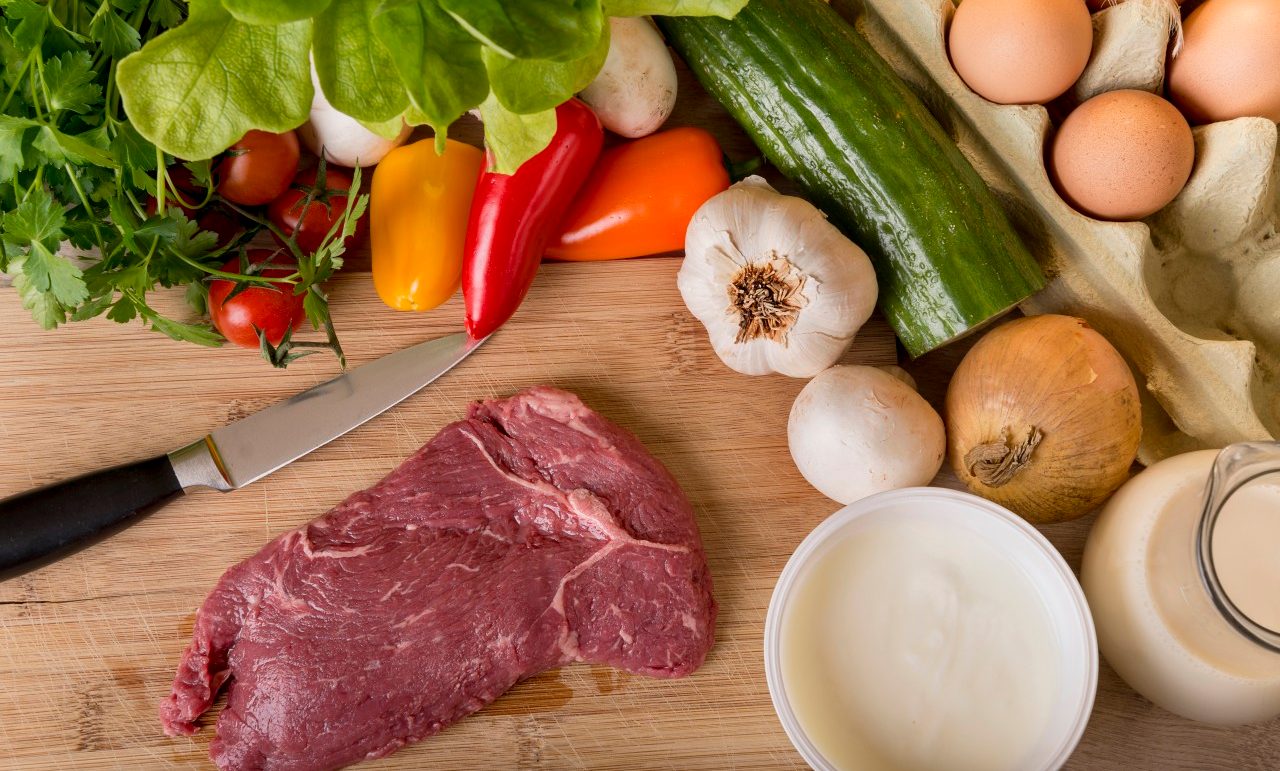What You Should Know about the Atkins Diet

This diet helps you lose weight by limiting carbohydrates, forcing your body to burn fat.
Sugar and carbohydrates — not fat — are what cause us to gain weight, and their continued consumption makes it difficult to lose those extra pounds. The Atkins diet is based on the premise that a low-carbohydrate, high-protein diet that doesn’t count calories or restrict fats is a superior way to lose weight and regain health.
The diet was developed by cardiologist Robert Atkins and released to the public in his book “Dr. Atkins’ Diet Revolution” in 1972. It was reissued 20 years later and became the biggest selling diet book in history.
The basic premise of the diet is that severely limiting the amount of carbohydrates you consume forces your body to use its fat stores for energy (ketosis), even if you’re consuming more total calories.
Another benefit is a steady source of energy so you don’t get the “highs” and “crashes” experienced by many people who eat a lot of carbohydrates. The diet claims that one of the reasons people fail at weight loss is consuming low-fat carbohydrates leaves you feeling weak, hungry, and prone to cravings, eventually leading to falling off the diet wagon.
You don’t have to count calories on this diet, but you do have to track your “net carbs,” a drawback according to some. The official website defines net carbs as a food’s total carbohydrates minus its fiber content and sugar alcohol (if any). The theory is that the resulting number reflects the grams of carbohydrate that significantly affect your blood sugar level.
“Foods that are low in net carbs such as nutrient-dense vegetables and fruits don’t have a significant impact on blood sugar and therefore are less likely to interfere with weight loss.” To calculate net carbs you are instructed to use the information provided on a food nutrition label or the Atkins Carb Counter.
There are many tips, tools, and products on the website to answer dieters’ questions and provide support.
How it works
There are two plans: The Atkins 20 is the original diet and limits you to 20 grams of net carbs in phase 1. The Atkins 40 allows 40 grams of net carbs right off the bat. The Atkins 20 is recommended if you have more than 40 pounds to lose, the Atkins 40 is recommended if you have fewer than 40 pounds to lose.
The Atkins 20 has four phases. The first, known as the induction phase, lasts a minimum of two weeks but can vary depending on how much and how fast you want to lose. It’s designed to jumpstart weight loss and shift your body from burning mostly carbs to burning mostly fat. You’ll stay in this phase until you’re 15 pounds from your goal weight.
In phase 2 you’ll start to add carbs back. One of the goals of the diet is to figure out your “personal carb balance,” the maximum grams of net carbs you can consume while continuing to lose weight, keep your appetite under control, and maintain your energy. You’ll actively work on figuring this out in phase 2, which lasts until you’re 10 pounds from your goal weight.
Phase 3 continues to add carbs as long as you continue to lose weight. You’ll reach your goal weight in this phase. Phase 4 is “lifetime maintenance.”
The Atkins 40 starts with 40 grams net carbs per day and stays there until you are 10 pounds from your goal weight, at which time you start adding 10 grams of net carbs as long as you continue to lose weight.
Other considerations
Results of studies supporting the claims of this diet have been mixed. Numerous studies have shown good results from low-carb diets, but their duration has been short. Although low-carb diets typically result in faster short-term weight loss, some studies have shown that at one year, low-carb diets are no more effective than low-calorie, low-fat diets. A recent review did show a slight long-term benefit of high-protein diets, but only when individuals continued to eat as prescribed by the diet.
The mechanism for how low-carb diets work is also not well understood. Some think that severely restricting carbs naturally leads to consuming fewer calories. In addition, eating more protein, and on the Atkins diet, more fat, results in greater satiety — you feel full longer so you’re less likely to “cheat.”
Another criticism is that restricting carbohydrates also eliminates foods that contain high amounts of fiber. These foods are important for several reasons — they contain many key nutrients, they help you feel full without adding a lot of calories, and they help keep you regular.
If you have a lot of weight to lose, it’s a good idea to talk to your doctor about the best approach for your specific needs. Some research has shown that conditions have improved in people with diabetes and high cholesterol on a low-carb diet, but more long-term research is needed.
Although Atkins supports exercise “for other health reasons,” the website states exercise isn’t necessary to lose weight on this diet. Exercise is important for many health reasons. If you decide to give Atkins a try, make sure you’re getting the recommended amount of physical activity to maintain your overall health and ward off disease.
Updated:
April 09, 2020
Reviewed By:
Janet O’Dell, RN